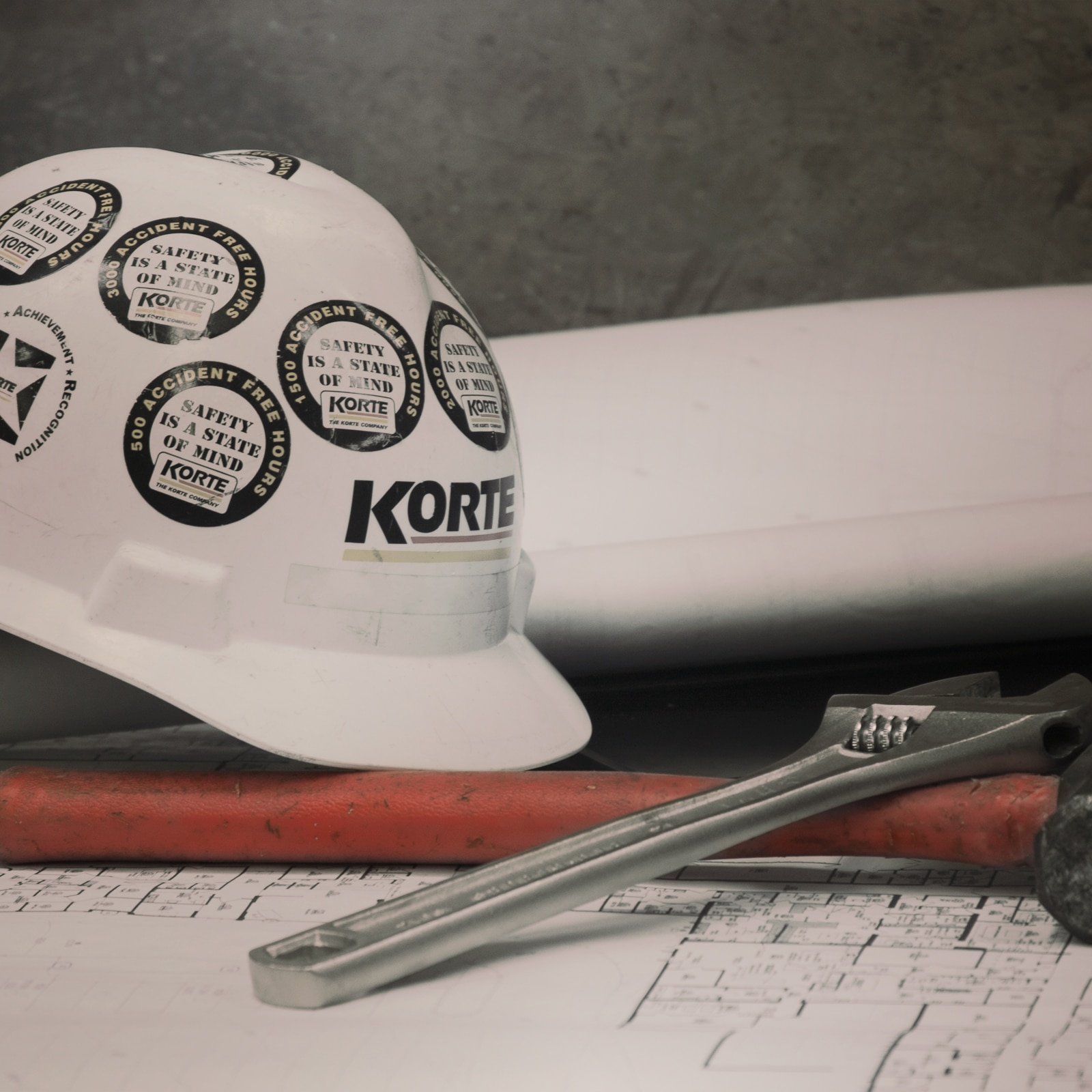A smart, innovative healthcare facility isn’t just one that cures patients faster or improves efficiency for the owner. It’s also one that benefits an entire community while minimizing the environmental impact the facility has on its surroundings.
And while these healthcare facilities can be communities in themselves – and very large ones at that – with a strong understanding of how your builder can utilize local site environmental resources, your building will be as Green as the envy of the hospital owner across town.
In this blog post, we’re going to take a look at a few factors that can make your medical facility a better steward of innovative healthcare for your community. We’ll be investigating the role light, heat and wind play on a facility. By implementing the considerations in this post, your patients won’t be the only ones happy with you. There’s a good chance Mother Nature will be, too.
We’re building in…say…New Mexico
Let’s assume that we’re building a hospital, or renovating a medical facility in the southwestern state of New Mexico – “The Land of Enchantment.” This is an area with very specific climate mechanisms, soil conditions, and geographical challenges. Thus, very specific resources must be considered.

Light, heat and wind
A smart healthcare Design-Build construction project, no matter where it might be taking place, starts with a strategic and scientific building approach. The strategy should be blended with architectural design values to deliver the most cost effective and well-designed medical facility. We recently wrote a very thorough guide about managing a healthcare construction project from start to finish which you can download here.
At The Korte Company, we incorporate in-depth simulations and a detailed analysis of several environmental factors. The majority of a facility’s energy use is a result of the need to heat, cool, ventilate and light interior space to make it suitable for everyday use. By working to understand the way a building uses energy in a specific climate, those needs can be mitigated to varying degrees by the sun, which, in turn, reduces the amount of energy a building uses in the most cost-effective and desirable manner.

Need something more scientific? Okay.
The sun gives off visible spectrum radiation, which we perceive as light. That light can be used to reduce a building’s need for illumination. The sun also gives off long-wave radiation, which can be captured to mitigate heating needs. But the sun also causes uneven heating of the Earth’s surface; this temperature differential is responsible for wind currents that in turn, can be used to ventilate and even cool spaces within a building. See where we’re going with this? Your builder needs to move site considerations to the top of their to-do list.
Day-lighting and passive solar heating must be considered
The sun’s effects on a building change drastically at different longitudes and latitudes, so your healthcare builder should have experience using parametric energy simulation to achieve optimal solar orientation and siting. Because the sun changes heating, cooling, and lighting needs, a whole-building simulation should be done.
Daylight autonomy is a measure of the amount of time a room receives enough light from the sun to operate without electricity. The higher the percentage is, the less electricity the room needs throughout the year to reach the desired illumination level. With properly proposed orientation, building design, and window placement, we’ve designed buildings that could potentially eliminate 54% of that building’s consumption for electric. Money saved, energy saved – it’s a win-win for all involved.
The role of siting, wind resources and passive ventilation
Obviously, New Mexico is for the most part an arid climate. Cooling with humidity control is not as imperative as it would be in an area with muggy, humid summers, say St. Louis. The naturally occurring temperature and humidity are comfortable more hours of the day, so to reduce energy use further and to give users more ability to regulate their spaces’ temperatures with operable windows, a feature such as an open mezzanine can help create additional pass-through ventilation.
Computational fluid dynamic models should be used in conjunction with the wind rise and energy models to determine a building’s relationship with the wind, and to ensure that the building will function as designed. Because wind movement is turbulent, it cannot be predicted without a dynamic model that takes temperature, pressure, velocity and climate effects into account.
When it’s all said and done
Once the ribbon has been cut, you, as a healthcare Owner, should have a project that was not only on-time and on-budget, but spot on when it comes to making the local community a better place to be. At The Korte Company, we call that building smart.
